Honor Fraser Gallery
Synthetic Wilderness
September 12 — December 18, 2022
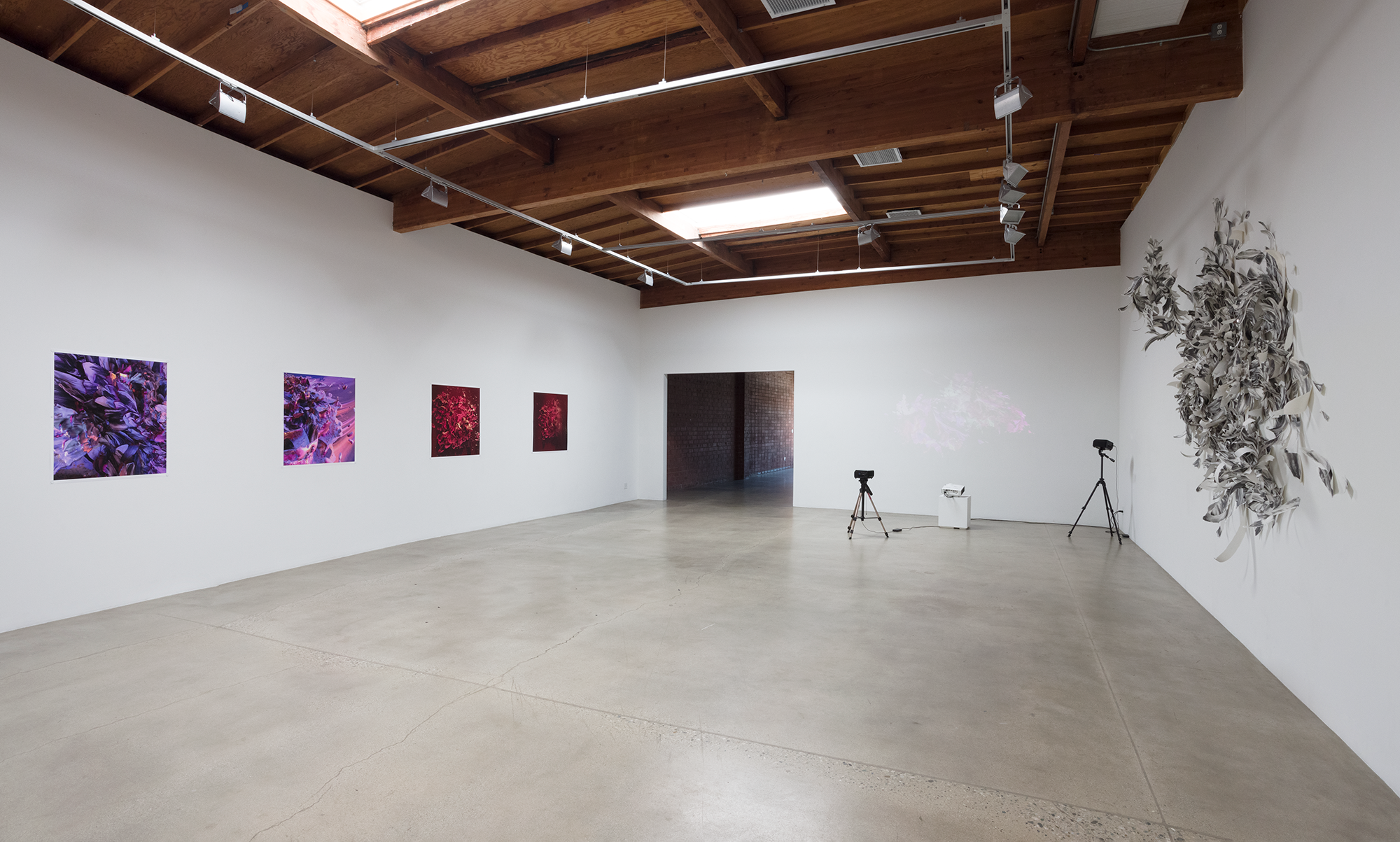
If there is one feeling that everyone shares heading into the 2020s, it’s bewilderment. We are bewildered by the speed and scope of change that takes place around us every day. We are bewildered that any semblance of a consensus reality has broken to pieces, that the facts and truths we may hold dearest are laughable fictions to others. We have a nagging sense that we brought this upon ourselves—that we were passive and complicit as these realities overtook us—but we don’t exactly know when, how, or why. We recognize the pieces of life the way it felt 5, 10, 20 years ago, but some are buried under brambles and vines, others have overtaken space like invasive weeds, others still have mutated into forms we only barely recognize.
Our new wilderness is not tethered to the physical, its terrain is not charted by map, but it is vaster than any we have encountered as a species—one pregnant with danger and possibility, violence and awe in equal measure. This new wilderness is not forested with trees but with us, its root structures the underlying algorithms that connect and partition. To be synthetic is to be hybrid, highly constructed, manipulable, networked. But this synthetic wilderness shares something of the opportunity found in natural wildernesses, the possibility of exploration and new natures. In this context, artists redraw our DEW line and offer insights into coming social, cultural, environmental, even economic and political futures. If, as art critic John Russell once said, “There is in art a clairvoyance for which we have not yet found a name, and still less an explanation,” then it is the artists we must turn to to identify portions of the wilderness that are ripest for exploration, threat-detection, and harvest.
Nancy Baker Cahill, LaJuné McMillian, and Xin Liu are three such artists. Each offers us a path into Synthetic Wilderness using both digital media and traditional art making. Using robotics and digital tools, Liu toys with the boundaries of self and other—literally and metaphorically—and situates herself within the resulting gaps, most recently with a focus on the divide between Earth and outer space. Through performance, XR, and digital art, McMillian interrogates the relationship between communication and technology, the ways that the new tools and symbols we develop express both inherent power structures and opportunities for interconnection, particularly as it pertains to vulnerable, marginalized, and oppressed people.
Baker Cahill evokes embodied knowledge in analog and immersive drawings, mediating volatile hyperobjects like climate change through conscious, sensory engagement, allowing us to approach unfathomable abstractions from within the intimacy of visceral intuition.
It is only through the unnameable that we will navigate the uncontained territory posed by the synthetic wilderness. In Tarkovsky’s classic film, Stalker, three protagonists traverse The Zone, a landscape that appears to be of this world, but operates in elusive ways that defy the laws of spacetime and human cognition. Ever-changing and unpredictable, the Zone offers insights to each of the characters as they grapple with its mystery. Seeing them confront themselves in this nature, detached from the “conventions” of reality, freights simple actions like napping in a field or walking through a tunnel with tessellating possibilities and meanings. In the same way, the three artists in Synthetic Wilderness chart a course through shifting fog. Their work and their hybrid practices occupy the strange terrain that reflects “how we got here” and “where we are going” as a vibrant prism. That this prism tends to trouble easy categorization is exactly what makes the work so urgent in the present moment. None of us, now, is a stranger to apocalyptic visioning. The paths to protopic futures, however, uprooted from spoon-fed narratives and conspiracies, are felt, co-created and imagined by artists comfortable working from non-linear and non-binary perspectives.
Émile Zola said that art is “a corner of nature seen through a temperament.” In the 21st Century, our disposition is defined by our new and synthetic wilderness. We entrust our most precious information and identities to condensed vapor; letting streams of our data flow in extractive channels. To put it bluntly: most of us feel totally lost and powerless. Setting out into the wilderness is the archetypal human challenge. The trailblazing artists of today are not the ones whose work offers a compass but rather a lamp, illuminating new paths and possibilities.


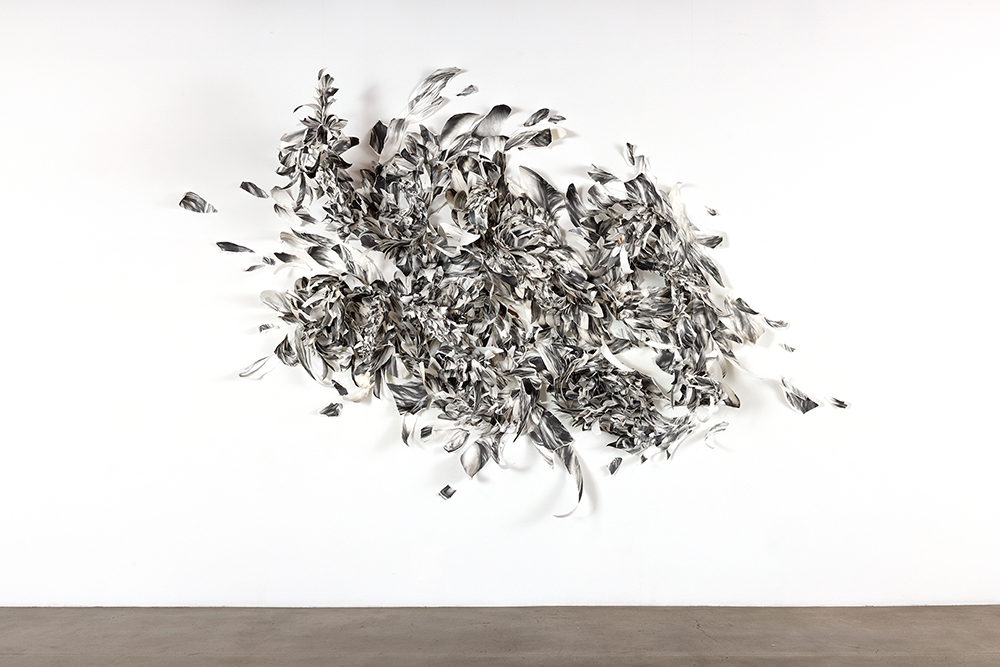
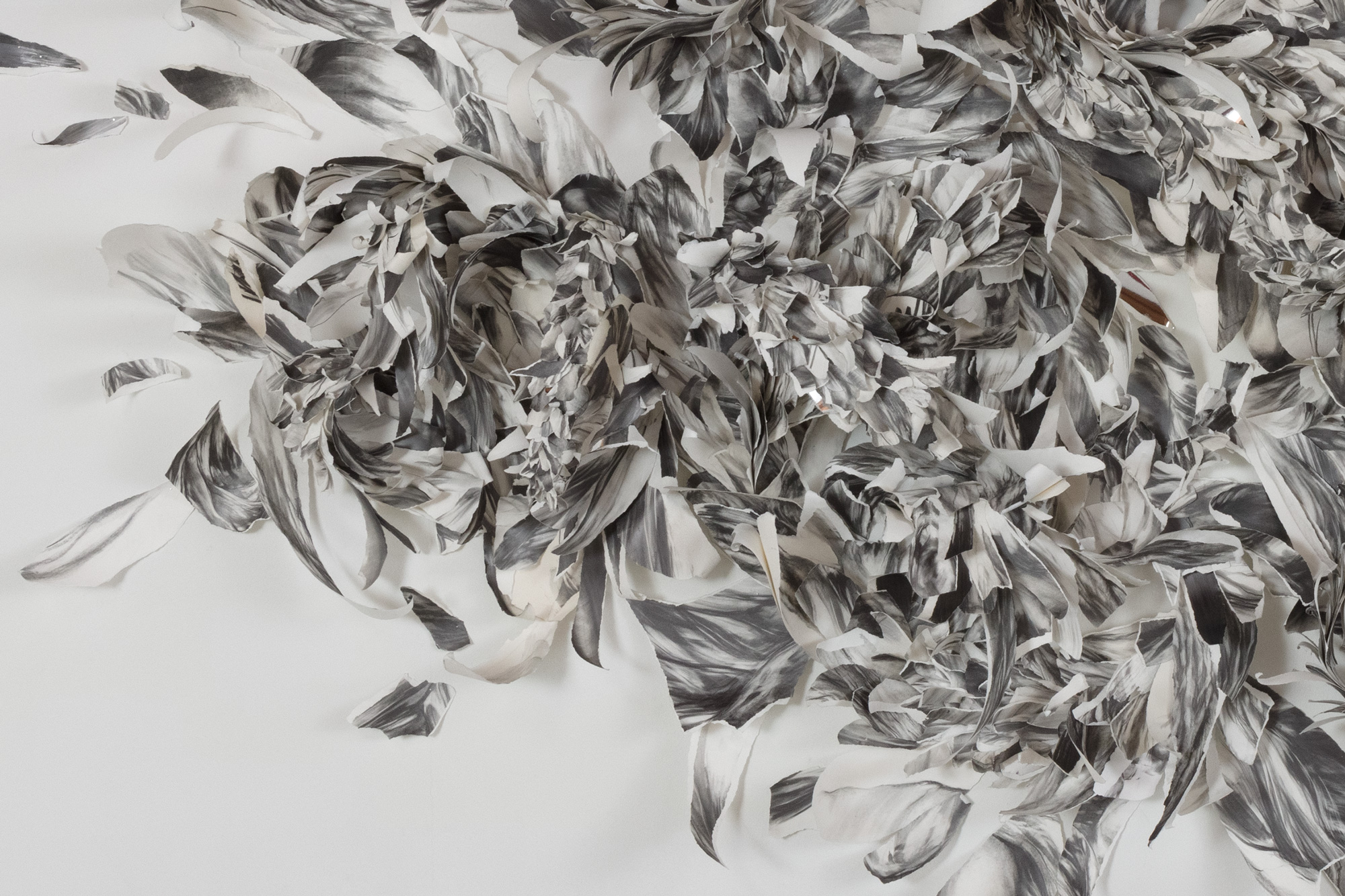
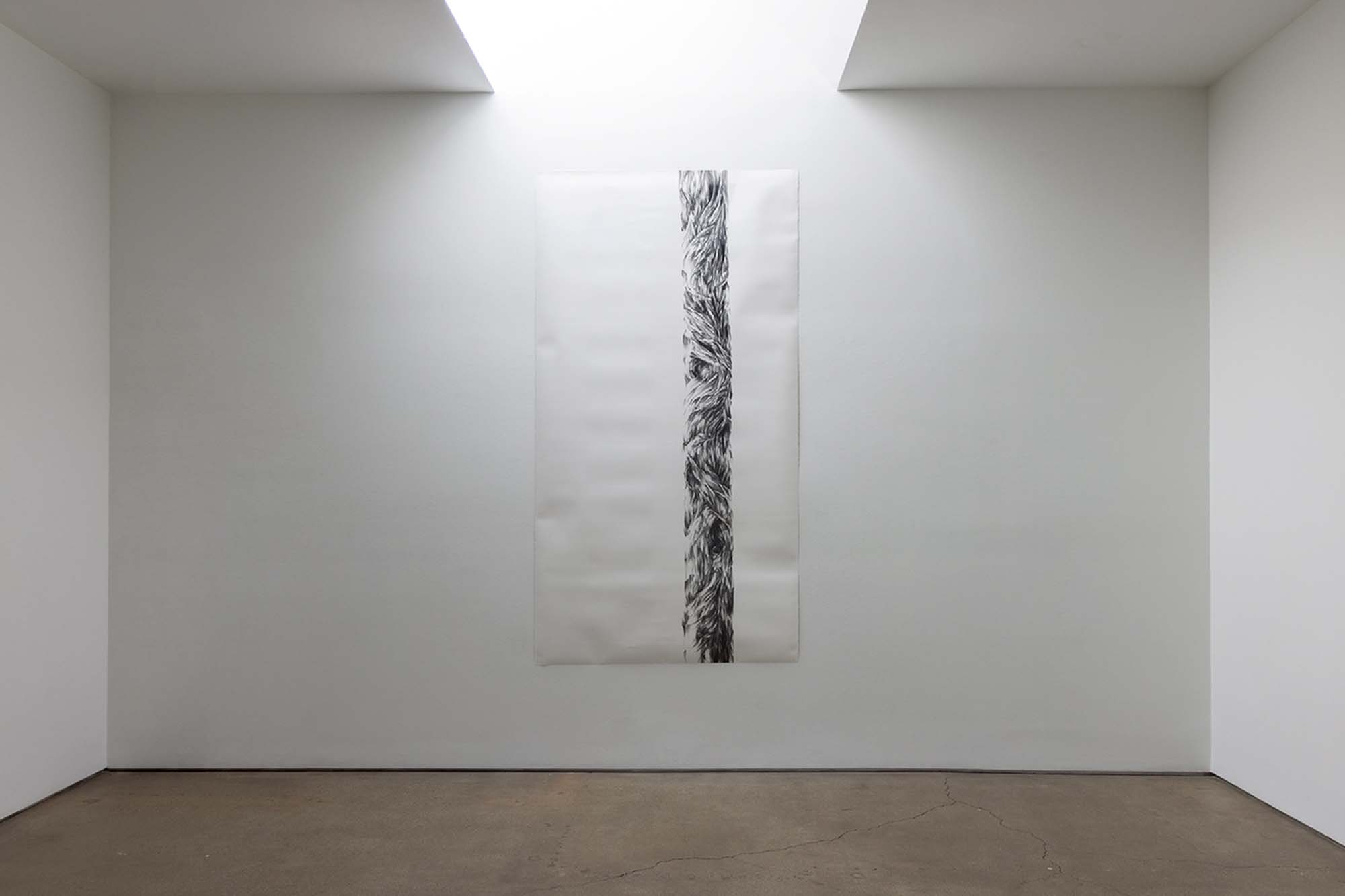
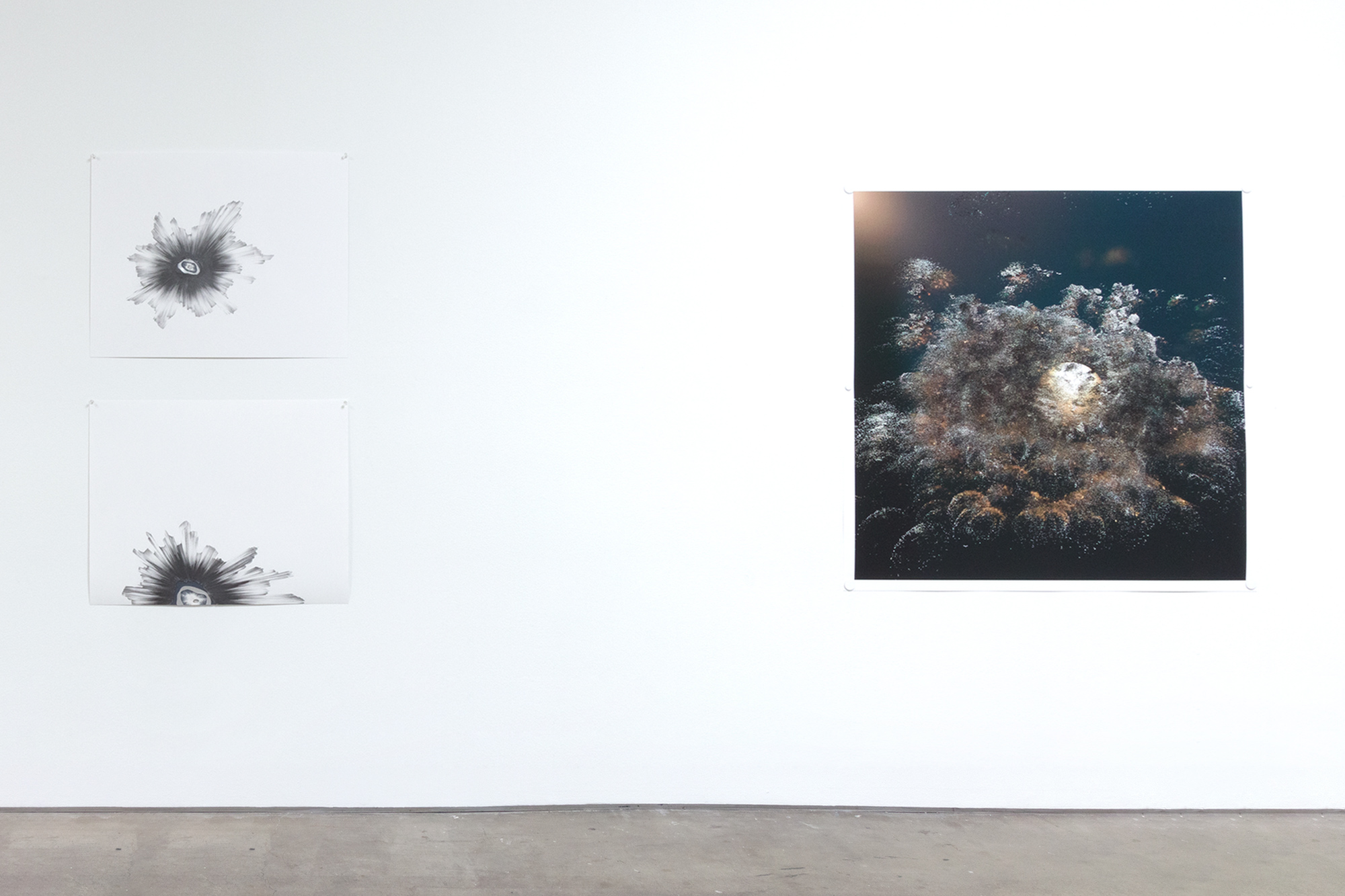
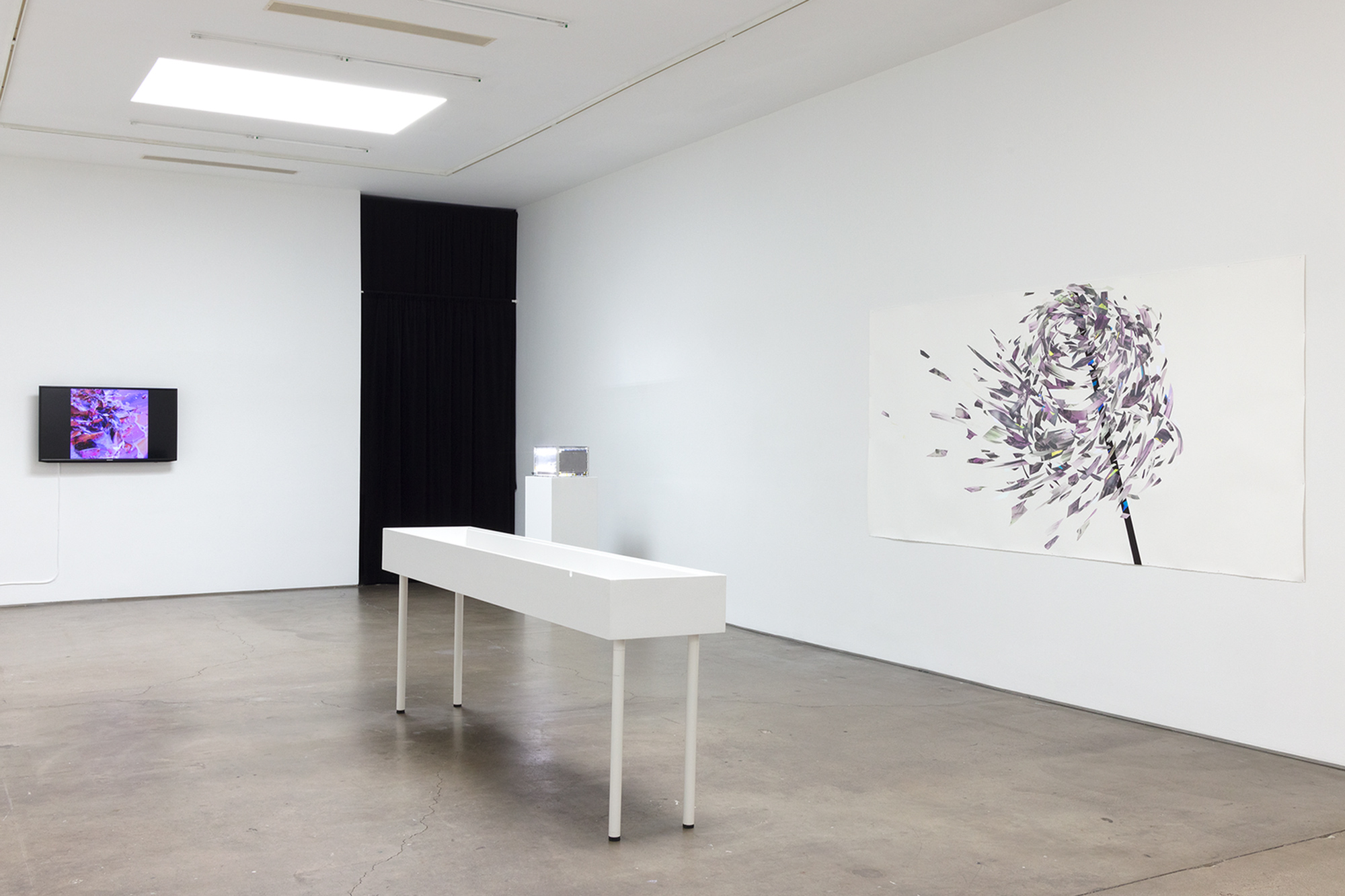
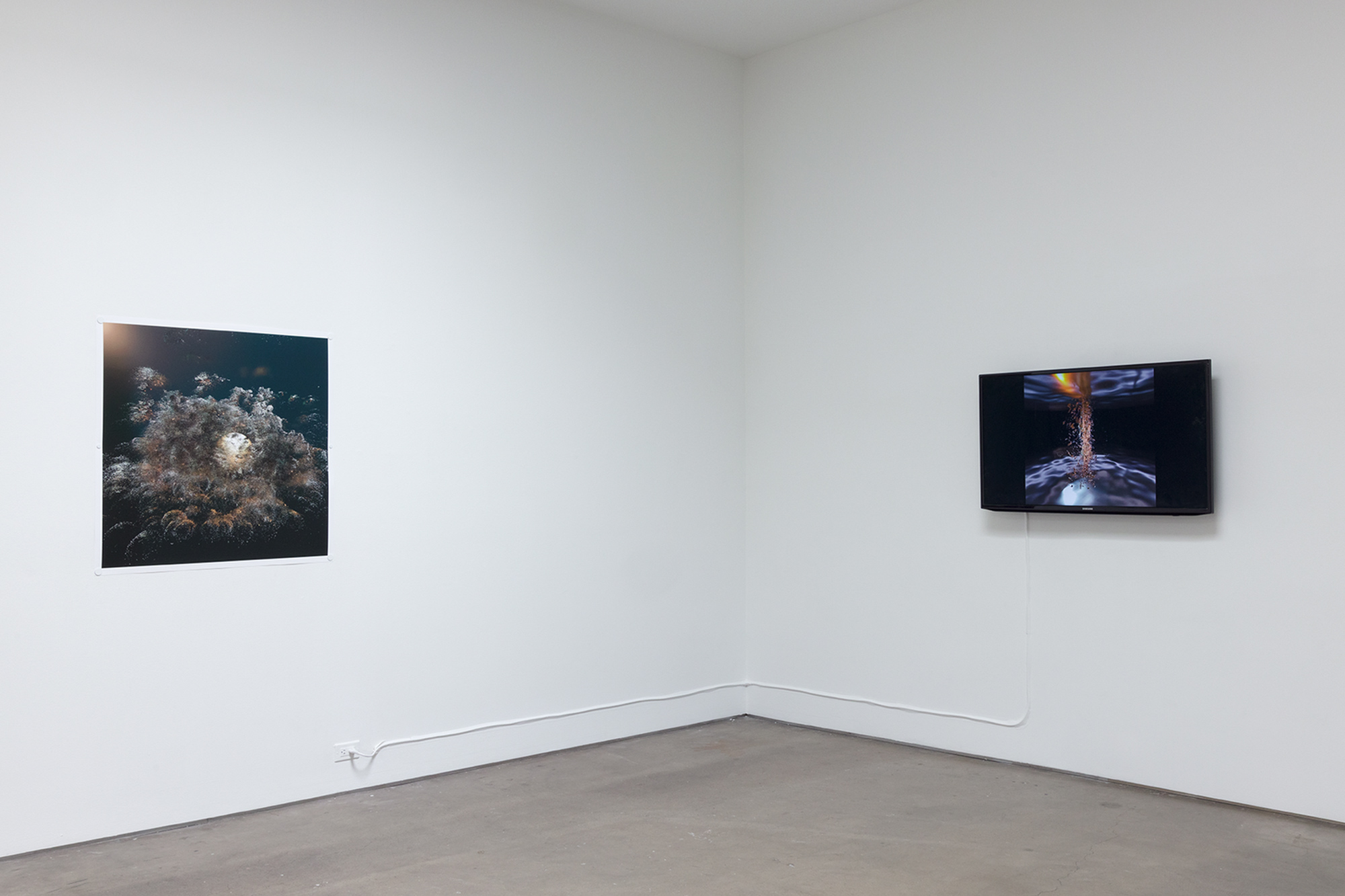
News
©2024 Nancy Baker Cahill Studio. All rights reserved.